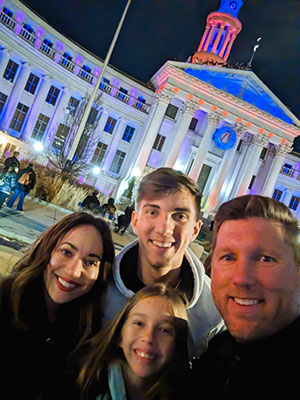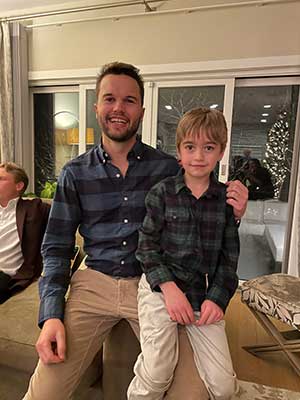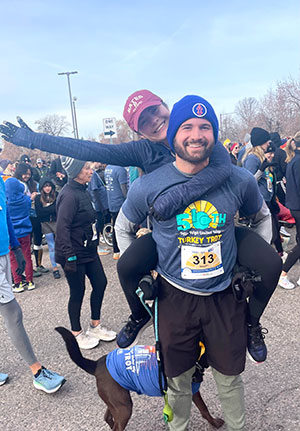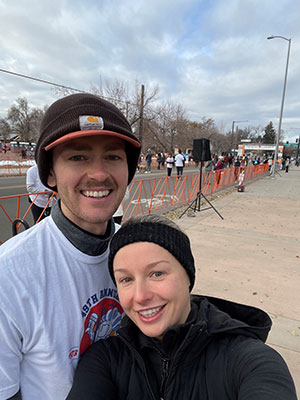Our CEO, Andy Mountain, drafted this short essay as part of his quest to find reasonable, but impactful, solutions to address the increase in gun violence in America. He wrote it in response to the antagonistic and polarizing responses we continue to see on this wicked problem. Solving societal problems like this won’t happen overnight. And they will never happen if we continue to retreat to extremist positions and demonize other Americans with views that are different than our own. We share this in hopes that you find some commonality, hope and motivation to act.
This is America.
On May 25, 2022, an 18 year old barreled into an elementary school and murdered 19 children and two teachers.
One day later, a neighbor in my suburban Denver neighborhood was walking home from the ATM when a car stopped short of our alley, waited for him to start crossing the alley, then zoomed in to cut him off, pointed a gun at him and told him to give them his cash.
Two days later, two high schoolers thought it was a good idea to bring what turned out to be paintball guns to school and text threatening photos to classmates. Law enforcement from three agencies swarmed the school. Kids took cover under desks. Schools nearby – preschools, elementary schools, middle schools and high schools – locked their doors to ensure their students’ stayed safe.
Eight days later, a disgruntled patient marched into a clinic and murdered his doctor and two others.
This is America.
There have now been 233 mass shootings in the US this year. And we’re only 151 days into the year.
Despite all this, talk about background checks, red-flag laws or limiting access to military style weapons and accessories isn’t tolerated. It’s considered politicizing a tragedy or a slap in the face of our founding fathers.
Reasonable steps to ensure that the wrong guns don’t end up in the wrong hands are not unreasonable. I mean, the Texas murderer would’ve been turned down at most liquor stores if he tried to buy a six-pack of Shiner. But he was able to buy two assault rifles and 100s of rounds of ammunition in 72 hours without anyone batting an eye.
This is America.
Stronger regulation of firearms is not a “silver bullet.” Alone, it won’t solve this crisis.
80% of mass murderers were noticeably in crisis before taking their deadly actions. More than 2/3 of them exhibited these signs months or years in advance. That leaves plenty of time for family members or mental health professionals to intervene.
But take Colorado as an example. When family members report a red-flag law instance, less than 1/3 of the time is it granted…compared to 95% of the time law enforcement requests it. How many times has a friend, co-worker or family member asked if you are doing okay in the last 12 months? Now compare that to how many times a police officer asked the same.
This is America.
But hope is not lost. The control actually rests in my hands. Your hands. We, collectively, have the power.
It starts with community. Check in on friends, family and co-workers. Ask them how they are doing. Let them know you care about them and that they matter.
Open doors for people.
Let drivers – even the jackass aggressive ones – merge into your lane.
Say good morning to people in the elevator.
Say please and thank you.
Donate whatever portion of your earnings you can to organizations that support issues and people that are important to you. And for crying out loud, make it an unrestricted gift so the organization can put your gift to the highest and best use rather than have you micromanage their business.
Give people the benefit of the doubt.
Actually sing the national anthem the next time you are at a sporting event.
Ask your elected officials what actions they have taken to increase access to mental health resources and ensure that we honor the intent of our nation’s founders while ensuring the wrong guns don’t end up in the wrong hands.
And hold your elected officials accountable to actions. Don’t let them get away with “thoughts and prayers” or blaming the system or their opposing political party. Great democracies are the result of true idea-exchanges and compromise…not winning and losing.
And then vote. Vote like your child’s…your neighbor’s…your country’s…life depends on it.
This is America.


















